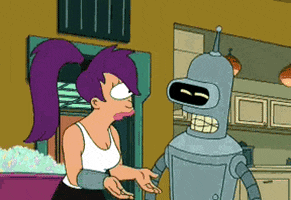Yes, this is the infamous Douglas Axe paper that IDists (especially Meyer) have been clinging to ever since it was originally published in their effort to claim that molecular evolution is impossible.
It's also entirely misleading if not outright erroneous in the way it's being used to claim that very thing.
Panda's Thumb has a good write up debunking these ID claims:
Axe (2004) and the evolution of enzyme function
Studies such as these involve what Axe calls a “reverse” approach – one starts with known, functional sequences, introduces semi-random mutants, and estimates the size of the functional sequence space from the numbers of “surviving” mutants. Studies involving the “forward” approach can and have been done as well. Briefly, this approach involves the synthesis of collections of random sequences and isolation of functional polymers (e.g., polypeptides or RNAs) from these collections. Historically, these studies have involved rather small oligomers (7-12 or so), owing to technical reasons (this is the size range that can be safely accommodated by the “tools” used). However, a relatively recent development, the so-called “mRNA display” technique, allows one to screen random sequences that are much larger (approaching 100 amino acids in length). What is interesting is that the forward approach typically yields a “success rate” in the 10^-10 to 10^-15 range – one usually need screen between 10^10 -> 10^15 random sequences to identify a functional polymer. This is true even for mRNA display. These numbers are a direct measurement of the proportion of functional sequences in a population of random polymers, and are estimates of the same parameter – density of sequences of minimal function in sequence space – that Axe is after.
10^-10 -> 10^-63 (or thereabout): this is the range of estimates of the density of functional sequences in sequence space that can be found in the scientific literature. The caveats given in Section 2 notwithstanding, Axe’s work does not extend or narrow the range. To give the reader a sense of the higher end (10^-10) of this range, it helps to keep in mind that 1000 liters of a typical pond will likely contain some 10^12 bacterial cells of various sorts. If each cell gives rise to just one new protein-coding region or variant (by any of a number of processes) in the course of several thousands of generations, then the probability of occurrence of a function that occurs once in every 10^10 random sequences is going to be pretty nearly 1. In other words, 1 in 10^-10 is a pretty large number when it comes to “probabilities” in the biosphere.
..........
To summarize, the claims that have been and will be made by ID proponents regarding protein evolution are not supported by Axe’s work. As I show, it is not appropriate to use the numbers Axe obtains to make inferences about the evolution of proteins and enzymes. Thus, this study does not support the conclusion that functional sequences are extremely isolated in sequence space, or that the evolution of new protein function is an impossibility that is beyond the capacity of random mutation and natural selection.



